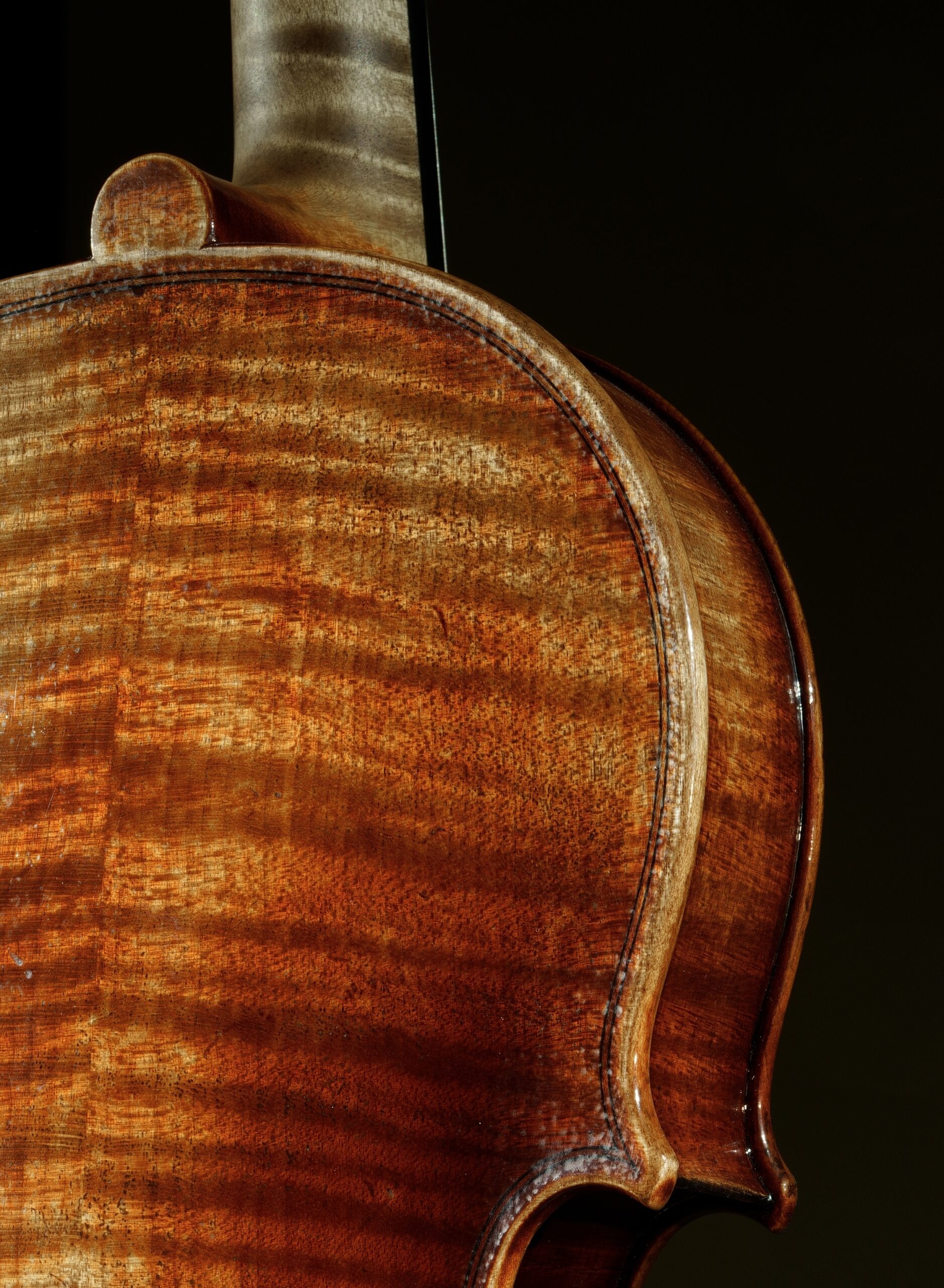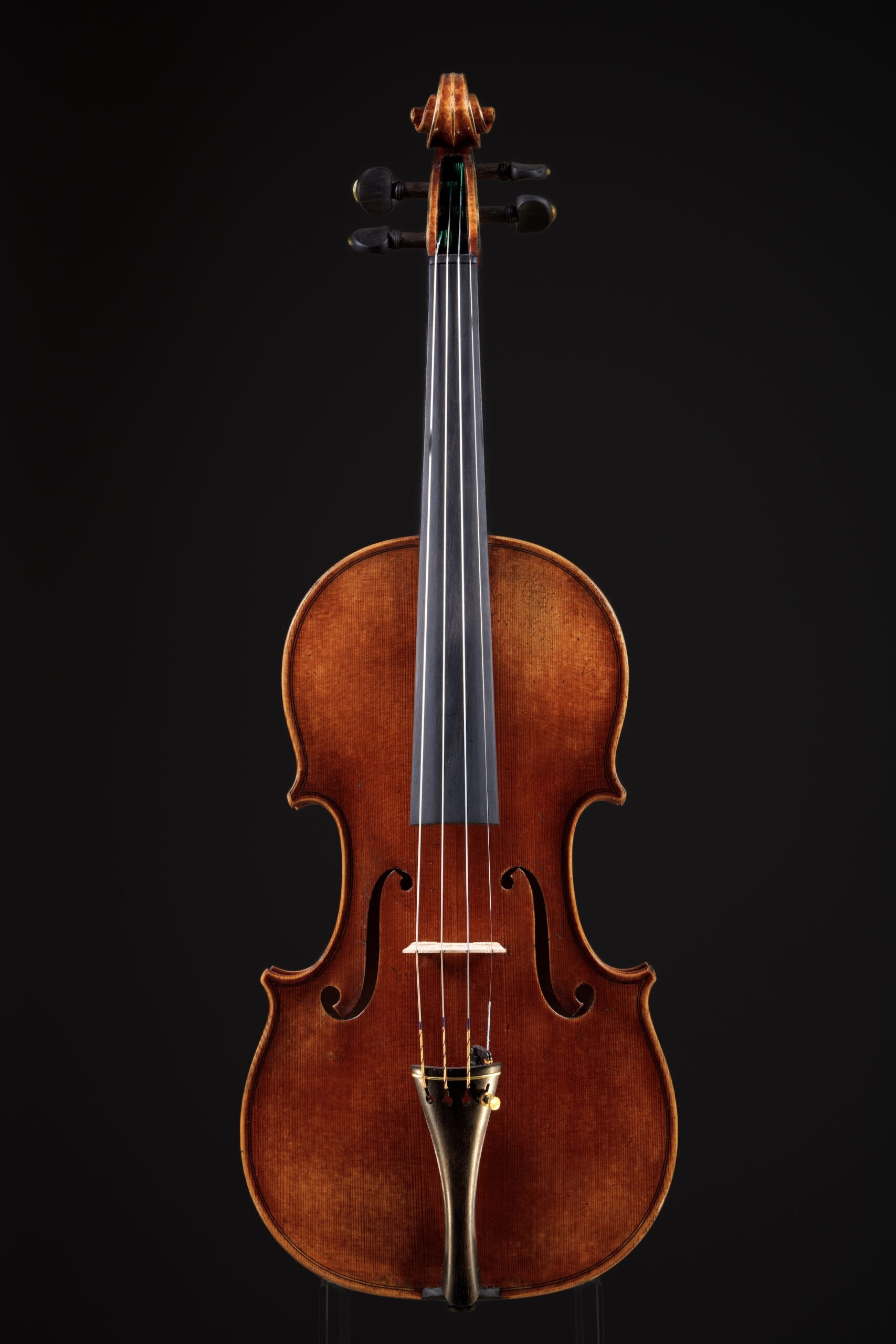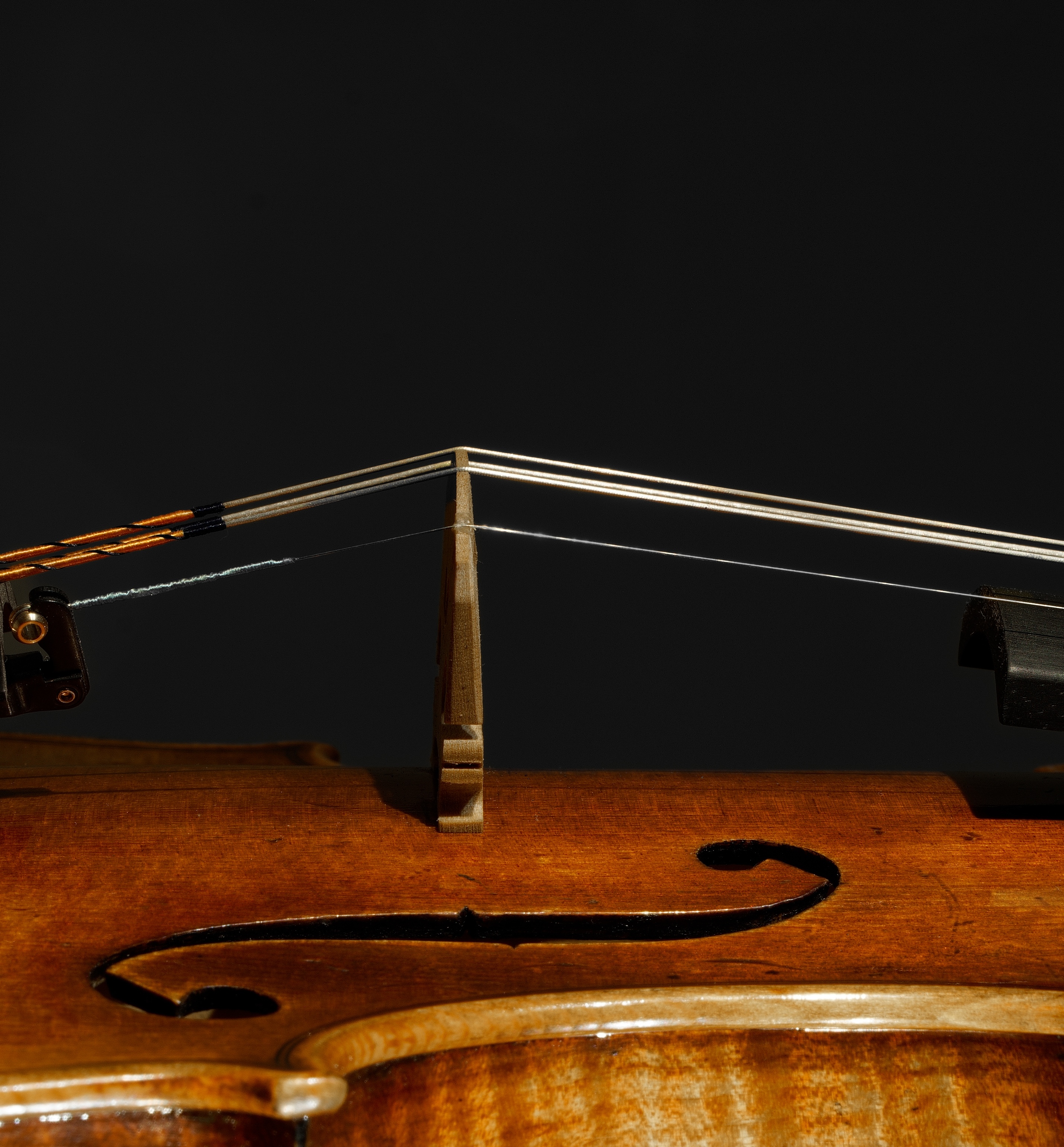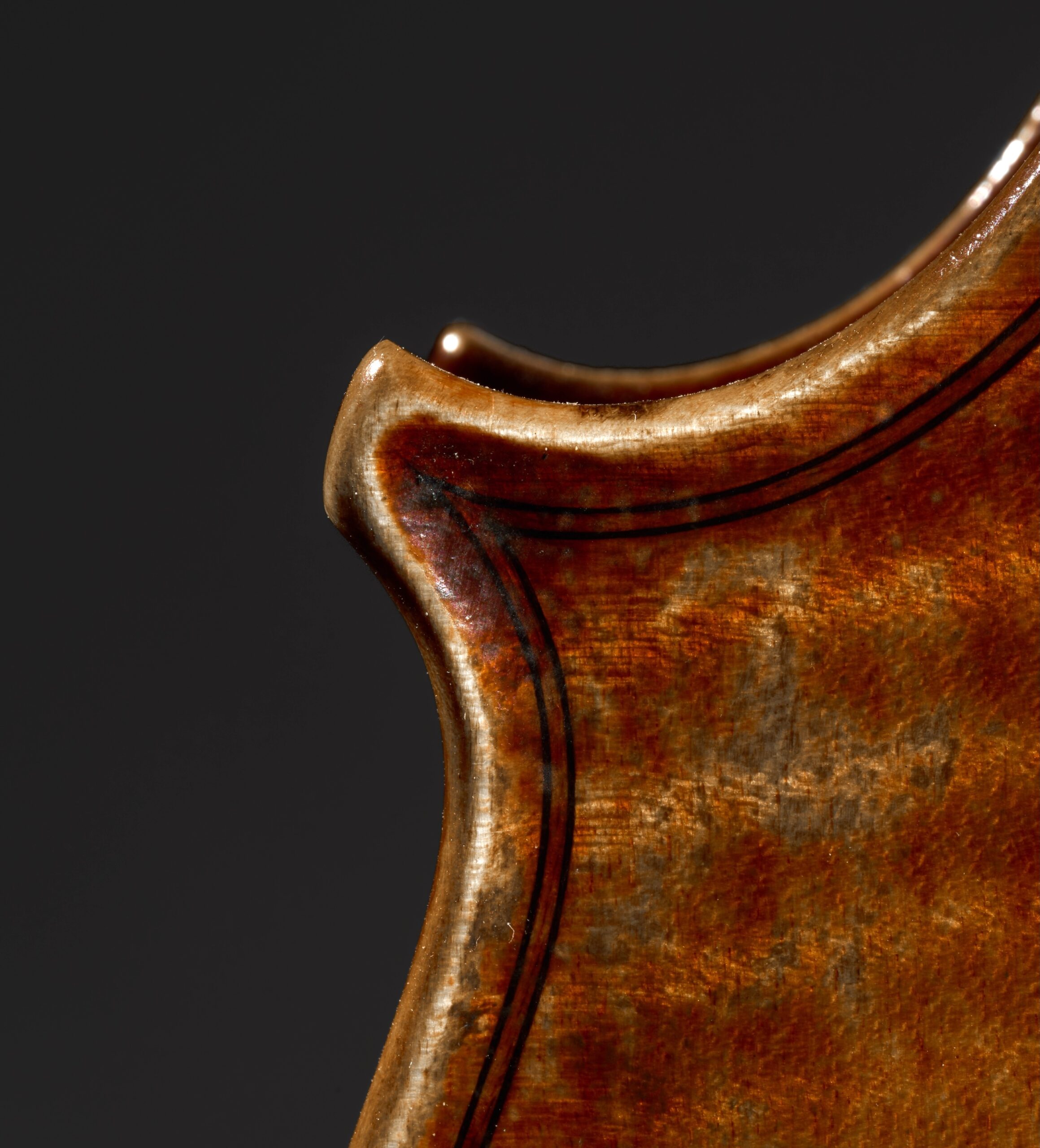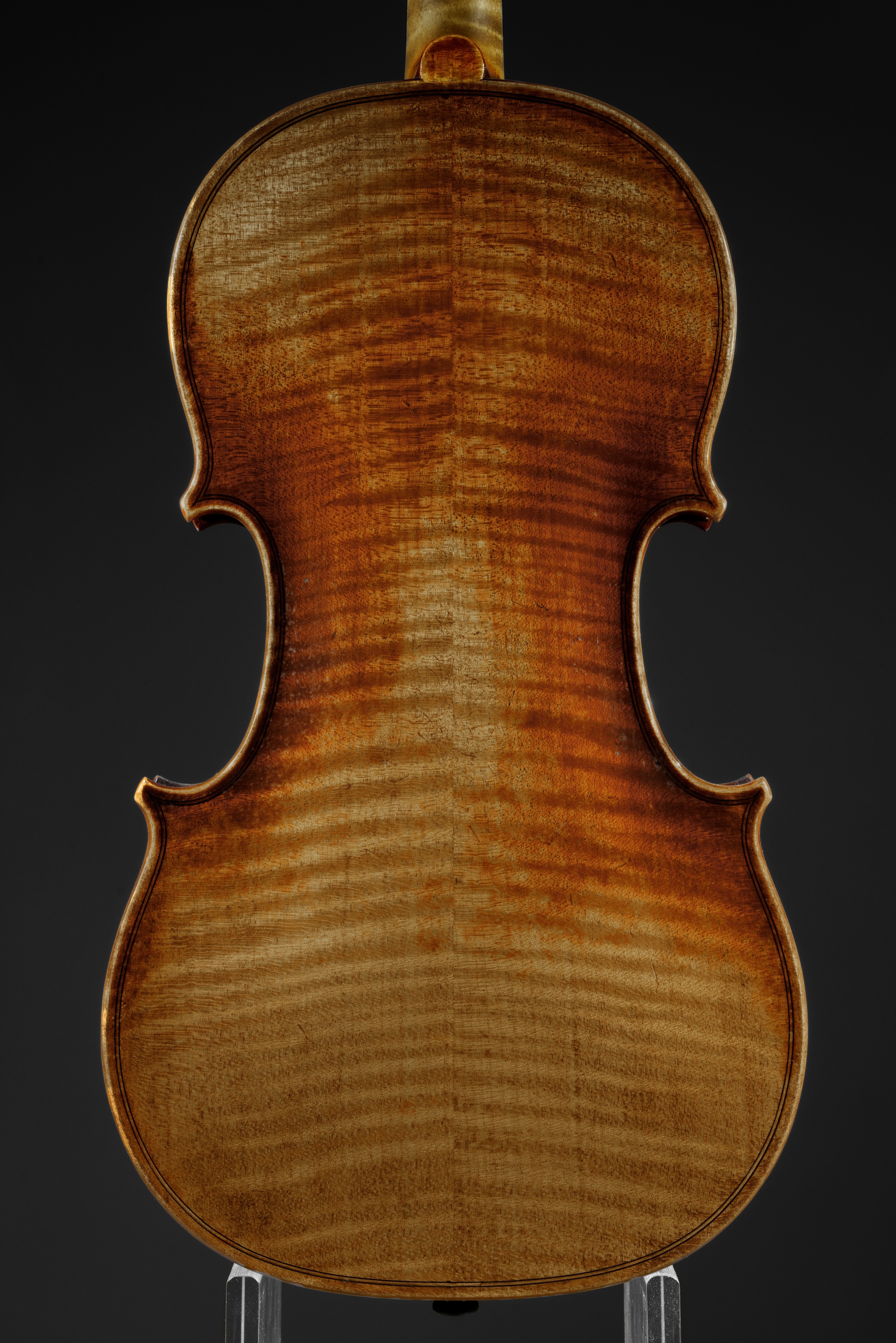Antonio Stradivari
1644 – 1737, Cremona
For some 200 years, Antonio Stradivari has been recognised as the greatest violin maker of all. His developments in violin design, combined with excellent workmanship and superb materials, produced instruments that,
both tonally and aesthetically, have never been surpassed. His career spanned 71 years, and with the help of at least two of his two sons, Francesco and Omobono, he produced dose to a thousand instruments, of which around 650 survive today.
Stradivari was born in or around Cremona in 1644. He has traditionally been thought to have been pupil of Nicolo Amati, a claim
that appears on his earliest known label, dated 1666. Recent research suggests, however, that his association with Amati may have been
less formal, and he is not mentioned in the census records listing the inhabitants of the Amati household. Another possibility is that
he was trained as a wood carver, and may have been employed by Amati to decorate the ‚Youssoupoff‘ violin of 1656. From 1667 to
1680 he lived in the ‚Casa Nuziale‘, which was owned by the woodcarver Francesco Pescaroli, and the possibility that he was employed by Pescaroli would explain the rarity of instruments from this first period of his working life.
Stradivari moved to Cremona’s Piazza San Domenico in 1680, and from this point his work became more consistent and more prolific. Over the next 20 years he gradually moved away from Amati’s influence, at first making violins based on Amati’s model but slightly more robust in conception, and then experimenting with an entirely new form – the ‚Long Pattern‘ of the 1690s. This was no doubt an attempt to match the richness of tone that the Brescian makers of the 16th and 17th centuries had achieved.
- Text from the book Four Centuries of Violin Making/ Fine Instruments from Sothesby’s Archive.
